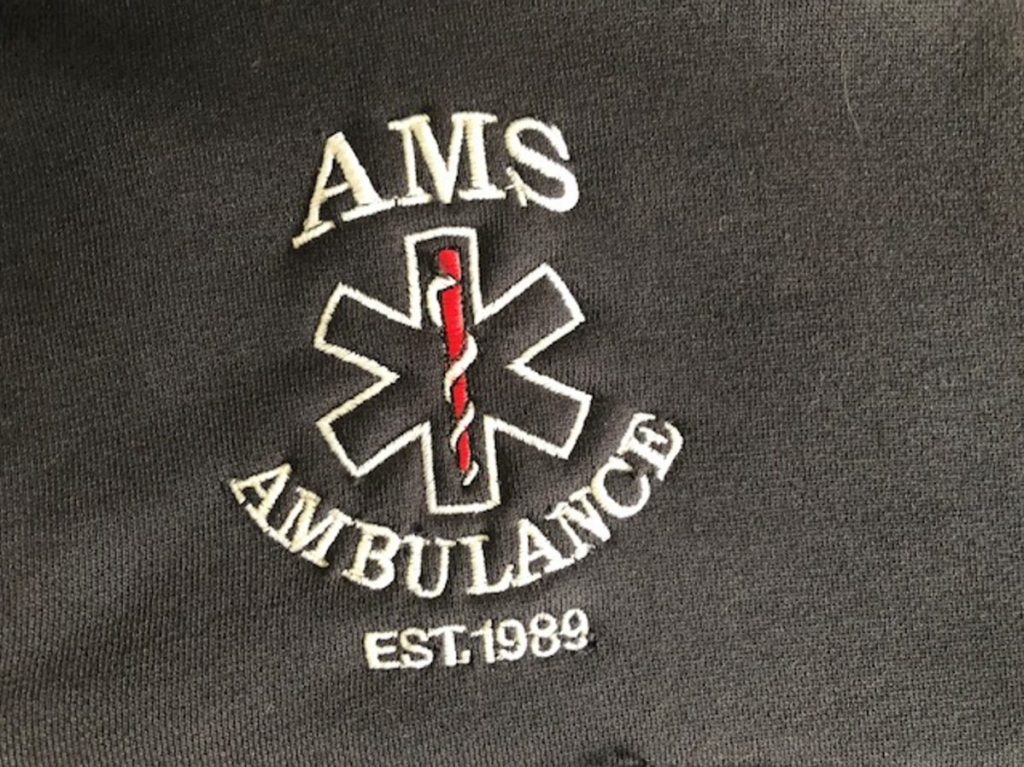ANSON — The Anson-Madison-Starks Ambulance Service is set to receive funding for an additional ambulance through the U.S. Department of Agriculture’s Rural Development Program.
The service, which also is contracted to serve the town of Embden, will receive a $50,000 grant from the USDA and a low-interest loan of $107,000 through Community Facilities programs as part of $17.4 million awarded nationally for Essential Community Services, according to a USDA news release.
“These investments in community facilities will provide the foundation to create jobs, provide essential services, and keep the heart of rural America beating strong,” Assistant to the Secretary for Rural Development Anne Hazlett said in a statement.
USDA Rural Development State Director Timothy P. Hobbs added that, “This investment in Anson-Madison-Starks Emergency Services will provide life-saving equipment to deliver vital emergency services to rural Maine people when they need it most.”
The existing emergency-response ambulance needs to be replaced due to mileage and age and dependability issues for this life saving equipment, according to the news release.
AMS Ambulance Director George Demchak said the service also will kick in $10,650 as their contribution to the total purchase. He said the money will be used to buy a new PL Custom ambulance to replace the 2008 ambulance, which has 260,000 miles on it and will be sold.
The ambulance service, headquartered on Arnold’s Lane in Anson, is owned by the towns of Anson, Madison and Starks and serves a population of about 9,000 people, covering an area of about 179,000 square miles, according to Demchak. There are three ambulances providing 24-hour service with 27 total employees, three of whom are full time.
The service also owns a one-ton, Ford rescue truck that is kept at the Madison Fire Department. The service responds to about 1,700 calls and patient transfers, covering 50,000 miles a year, according to Demchak.
Demchak said having an ambulance service in the area is essential to public health, with the closest other services in Bingham and in Skowhegan.
“It’s extremely important,” he said. “We do seventeen hundred calls a year, so without the ambulance service those people would be waiting or they’d be deteriorating.”
Funding for the new ambulance comes through the Community Facilities direct loan and grant. USDA Rural Development helps rural areas purchase, construct or improve essential facilities. An essential community facility is one that provides a necessary service for the orderly development or operation of a rural community, such as schools, libraries, health care facilities, day care centers and infrastructure improvements.
More than 100 types of projects are eligible for USDA Community Facilities funding. Eligible applicants include municipalities, public bodies, nonprofit organizations and federally and state-recognized Native American tribes. Applicants and projects must be in rural areas with a population of 20,000 or less. Loan amounts have ranged from $10,000 to $165 million.
The projects will help improve the quality of life for more than 220,000 rural residents in 22 states, including Maine, according to the news release.
USDA Rural Development provides loans and grants to help expand economic opportunities and create jobs in rural areas. This assistance supports infrastructure improvements; business development, housing, community services such as schools, public safety and health care, and high-speed internet access in rural areas.
USDA Rural Development has area offices in Presque Isle, Bangor, Lewiston, and Scarborough, as well as a state office in Bangor.
Demchak said the ambulance service was created in 1989, with the towns of Anson and Madison taking over Central Ambulance, then owned by David Beckwith, who had earlier taken over Hawthorn Ambulance.
“They bought it because at the time there was no Jaws of Life in this area,” he said. “So instead of each fire department having their own, it made sense to buy one unit instead of all the towns buying their own and they’ve kept that tradition going.”
The AMS annual operating budget is just under $1 million. The boards of selectmen in Madison, Anson and Starks comprise the service’s board of directors, which has to approve any big purchases.
Doug Harlow — 612-2367
Twitter:@Doug_Harlow
Send questions/comments to the editors.




